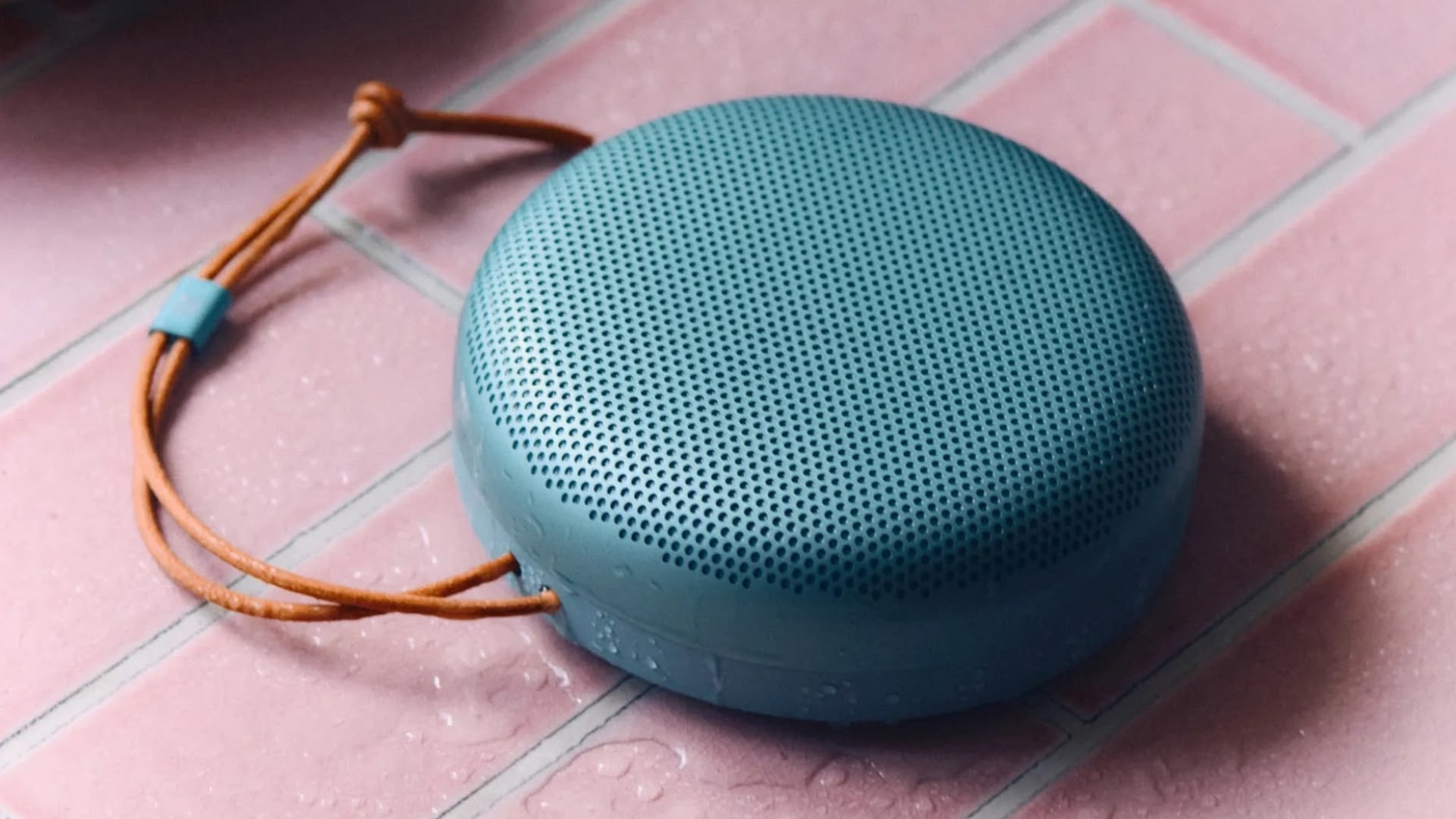How to install Android 13 GApps on your smartphone: A step-by-step guide
<img src="” title=”How to install Android 13 GApps on your smartphone: A step-by-step guide” />
Google, earlier this month, officially released Android 12-successor, that is, Android 13 mobile operating system. The newly launched Android 13 OS comes with a host of new and interesting features including the ability to customise non-Google apps, ability to assign specific languages to individual apps, ability to give access to select photos and videos to apps, better spatial audio customisations, and support for Bluetooth Low Energy among others. However, this experience is available on select devices that offer a pure Android experience.
Most Android smartphone makers including Samsung, Asus, HMD, iQOO, Motorola, OnePlus, Oppo, Realme, Sharp, Sony, Tecno, Vivo, and Xiaomi — the companies that will get Android 13 support later this year — offer Google’s Android OS with their own custom skin on top. This custom skins often miss out on Google’s own suite of apps also known as Gapps.
For the unversed, GApps or Google Apps are specialised optional add-ons for custom ROMs that you may use to install Google apps on your smartphone, including Google Play Services and the Play Store.
GApps are easy to install on any smartphone. But, before we talk about that, there are a bunch of things you need to remember before installing Android 13 GApps on your smartphone:
— Your smartphone’s battery should have at least 80 percent of the power.
— GApps should be downloaded only from trusted sources.
— The GApps package must match your device’s CPU Architecture.
— You should be familiar with one of the flashing systems (TWRP or ADB).
— Your Android 13 smartphone should be running sans GApps.
Now that we have clarified all the details, here’s an easy guide on how you can install Android 13 GApps on your smartphone:
How to install Android 13 GApps on your smartphone
Step 1: Download and extract the Android SDK Platform Tools on your computer
Step 2: Then use a USB cord to connect your device to the PC
Step 3: Go to Mount from TWRP and select Enable MTP
Step 4: Your device will then be visible when you launch File Explorer on your PC
Step 5: Then, download the GApps.zip file on your smartphone
Step 6: Once finished, go to TWRP’s Install section
Step 7: Next, choose the GApps ZIP file and swipe to the right to flash it.
The post How to install Android 13 GApps on your smartphone: A step-by-step guide appeared first on BGR India.
<img src="" title="How to install Android 13 GApps on your smartphone: A step-by-step guide" />
Google, earlier this month, officially released Android 12-successor, that is, Android 13 mobile operating system. The newly launched Android 13 OS comes with a host of new and interesting features including the ability to customise non-Google apps, ability to assign specific languages to individual apps, ability to give access to select photos and videos to apps, better spatial audio customisations, and support for Bluetooth Low Energy among others. However, this experience is available on select devices that offer a pure Android experience.
Most Android smartphone makers including Samsung, Asus, HMD, iQOO, Motorola, OnePlus, Oppo, Realme, Sharp, Sony, Tecno, Vivo, and Xiaomi — the companies that will get Android 13 support later this year — offer Google’s Android OS with their own custom skin on top. This custom skins often miss out on Google’s own suite of apps also known as Gapps.
For the unversed, GApps or Google Apps are specialised optional add-ons for custom ROMs that you may use to install Google apps on your smartphone, including Google Play Services and the Play Store.
GApps are easy to install on any smartphone. But, before we talk about that, there are a bunch of things you need to remember before installing Android 13 GApps on your smartphone:
— Your smartphone’s battery should have at least 80 percent of the power.
— GApps should be downloaded only from trusted sources.
— The GApps package must match your device’s CPU Architecture.
— You should be familiar with one of the flashing systems (TWRP or ADB).
— Your Android 13 smartphone should be running sans GApps.
Now that we have clarified all the details, here’s an easy guide on how you can install Android 13 GApps on your smartphone:
How to install Android 13 GApps on your smartphone
Step 1: Download and extract the Android SDK Platform Tools on your computer
Step 2: Then use a USB cord to connect your device to the PC
Step 3: Go to Mount from TWRP and select Enable MTP
Step 4: Your device will then be visible when you launch File Explorer on your PC
Step 5: Then, download the GApps.zip file on your smartphone
Step 6: Once finished, go to TWRP’s Install section
Step 7: Next, choose the GApps ZIP file and swipe to the right to flash it.
The post How to install Android 13 GApps on your smartphone: A step-by-step guide appeared first on BGR India.
<img src="” title=”How to install Android 13 GApps on your smartphone: A step-by-step guide” />
Google, earlier this month, officially released Android 12-successor, that is, Android 13 mobile operating system. The newly launched Android 13 OS comes with a host of new and interesting features including the ability to customise non-Google apps, ability to assign specific languages to individual apps, ability to give access to select photos and videos to apps, better spatial audio customisations, and support for Bluetooth Low Energy among others. However, this experience is available on select devices that offer a pure Android experience.
Most Android smartphone makers including Samsung, Asus, HMD, iQOO, Motorola, OnePlus, Oppo, Realme, Sharp, Sony, Tecno, Vivo, and Xiaomi — the companies that will get Android 13 support later this year — offer Google’s Android OS with their own custom skin on top. This custom skins often miss out on Google’s own suite of apps also known as Gapps.
For the unversed, GApps or Google Apps are specialised optional add-ons for custom ROMs that you may use to install Google apps on your smartphone, including Google Play Services and the Play Store.
GApps are easy to install on any smartphone. But, before we talk about that, there are a bunch of things you need to remember before installing Android 13 GApps on your smartphone:
— Your smartphone’s battery should have at least 80 percent of the power.
— GApps should be downloaded only from trusted sources.
— The GApps package must match your device’s CPU Architecture.
— You should be familiar with one of the flashing systems (TWRP or ADB).
— Your Android 13 smartphone should be running sans GApps.
Now that we have clarified all the details, here’s an easy guide on how you can install Android 13 GApps on your smartphone:
How to install Android 13 GApps on your smartphone
Step 1: Download and extract the Android SDK Platform Tools on your computer
Step 2: Then use a USB cord to connect your device to the PC
Step 3: Go to Mount from TWRP and select Enable MTP
Step 4: Your device will then be visible when you launch File Explorer on your PC
Step 5: Then, download the GApps.zip file on your smartphone
Step 6: Once finished, go to TWRP’s Install section
Step 7: Next, choose the GApps ZIP file and swipe to the right to flash it.
The post How to install Android 13 GApps on your smartphone: A step-by-step guide appeared first on BGR India.





